Wallpapers are one of the most popular ways to decorate bedroom walls, but even the most beautiful textures can look dull or outdated if used to cover the entire room. In modern design, it is common to mix different options to create an unusual and stylish interior. In this article, we will discuss the basic rules of combining wallpapers in a bedroom, using numerous photos as examples.
How to properly combine wallpapers in a bedroom?
The design of a bedroom is largely up to personal preference since it is a private space. In general, to create a cozy and relaxed atmosphere, subtle tones and patterns are optimal.
For classic interiors, choose silk screen prints with diamonds, royal lilies, and curls, slightly lighter or darker than the background. Provence style needs pastel shades and small flowers, while modern style favors graphic lines and an achromatic scheme.
Pick solid wallpapers with adjacent colors of equal saturation or same color but different brightness (e.g. light pink and raspberry, transparent blue and dark blue).
Regarding prints, aim for a consistent size and color palette. Position thin stripes near small patterns, and emphasize large details with wide empty inserts. Avoid overloading the interior with mixed finishes: the smaller the room’s area, the more modest and softer the ornament and color palette should be.
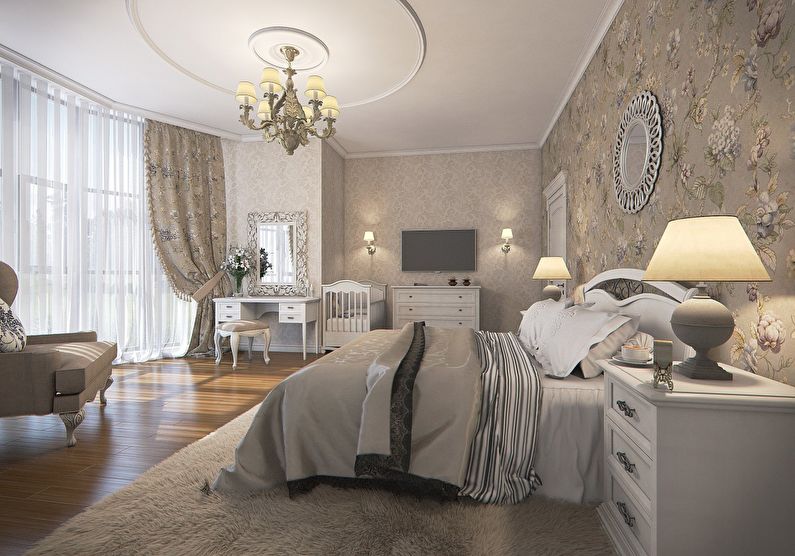
What are wallpaper companions?
Manufacturers have created wallpaper companions to meet the increasing demand for beautifully coordinating patterns. While products from different brands may differ in terms of their base type and the same color can look completely different, collectible sets have perfect color harmony, repeating patterns, and are identical in physical characteristics such as density, smoothness, thickness, and resistance to fading in sunlight.
Thanks to these advantages, wallpaper companions will always be a guarantee of successful design, and choosing them does not require delving into the intricacies of design.
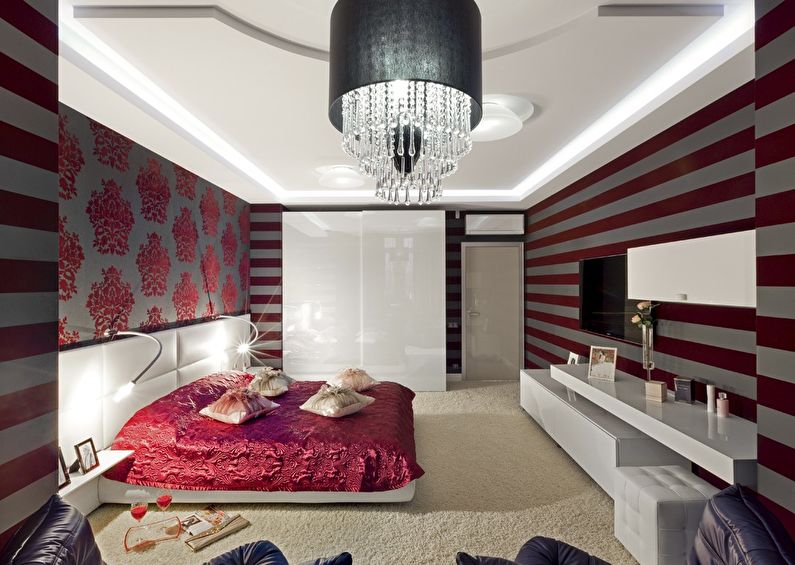
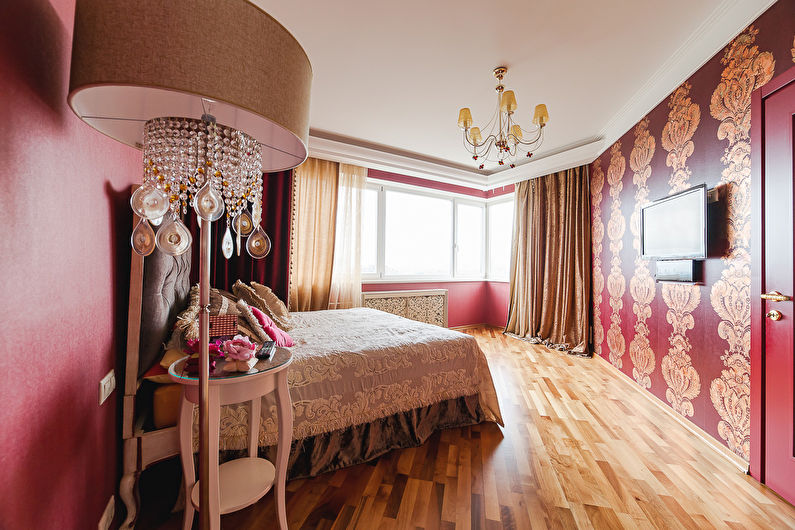

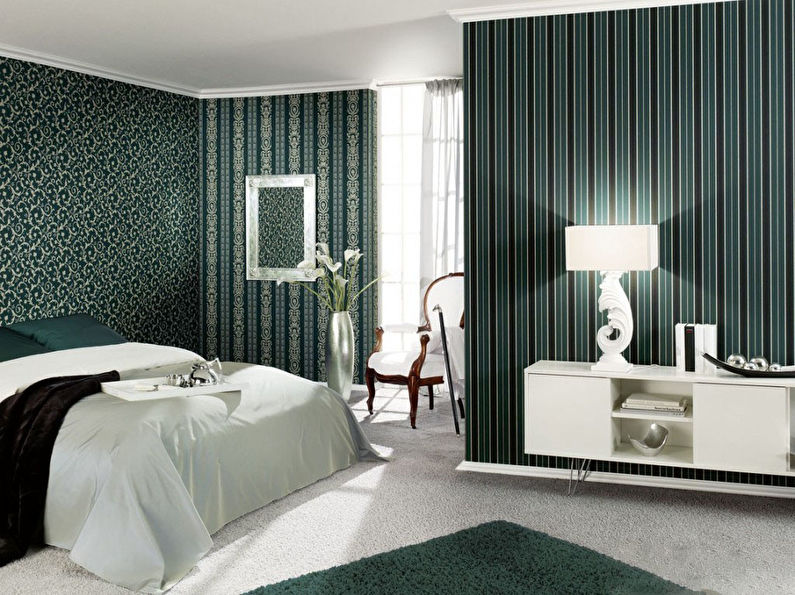

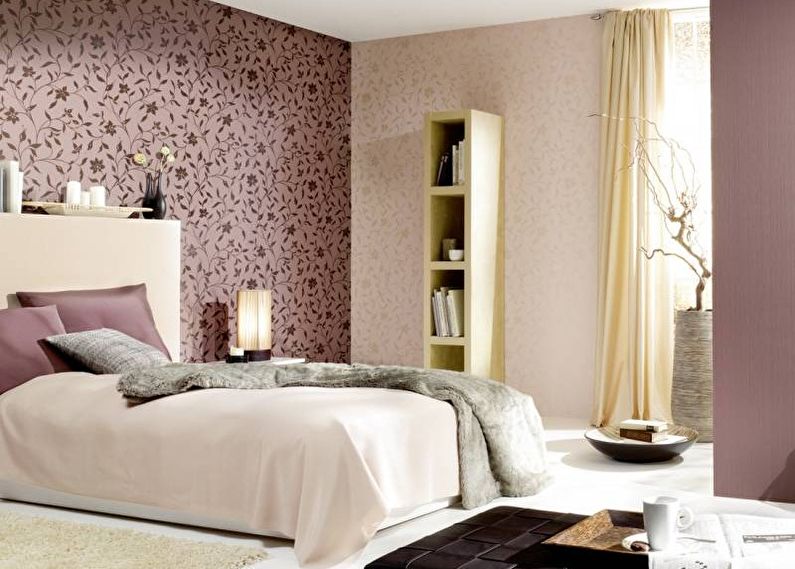
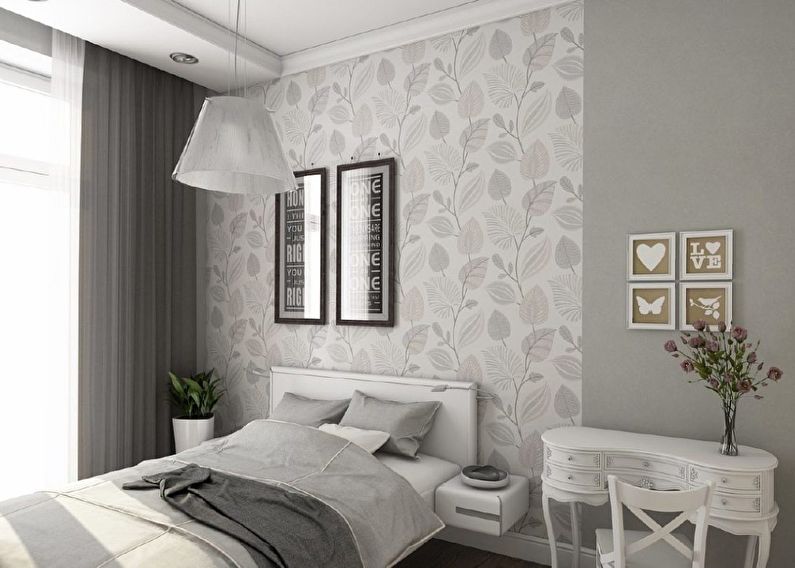
Wall panels and niches
In classic interiors, people often decorate walls with large frames made from plaster, wood, plastic, or polyurethane moldings. This creates wall panels, which charmingly display wallpapers featuring interesting patterns and expensive textures.
Creating these panels is simple – add one or more large inserts to a monochrome or lighter background and border with a slightly protruding narrow edging. This eye-catching detail draws attention to areas like the bed’s headboard, family photos, paintings, or luxurious crystal sconces.
You can achieve a similar effect with gypsum board niches decorated with contrasting wallpapers. Additionally, you can place items like a plasma TV, a favorite collection of figurines, books, or indoor plants inside the niche.
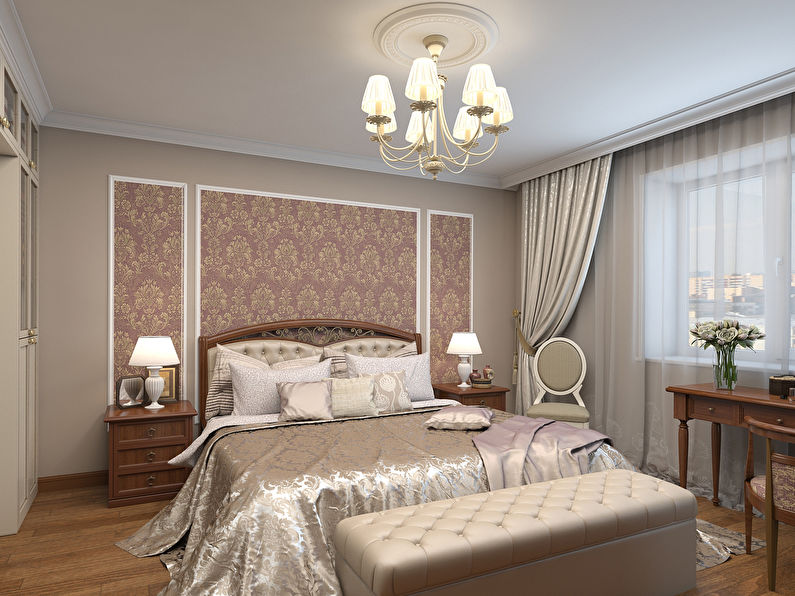
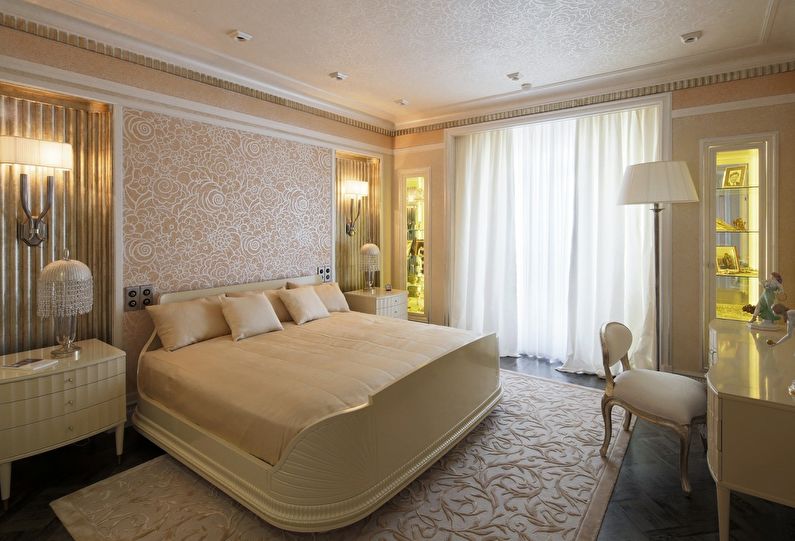
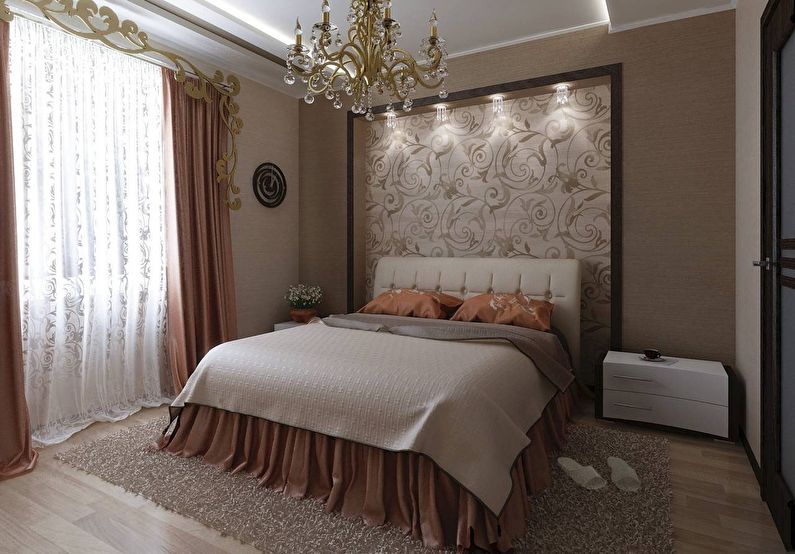
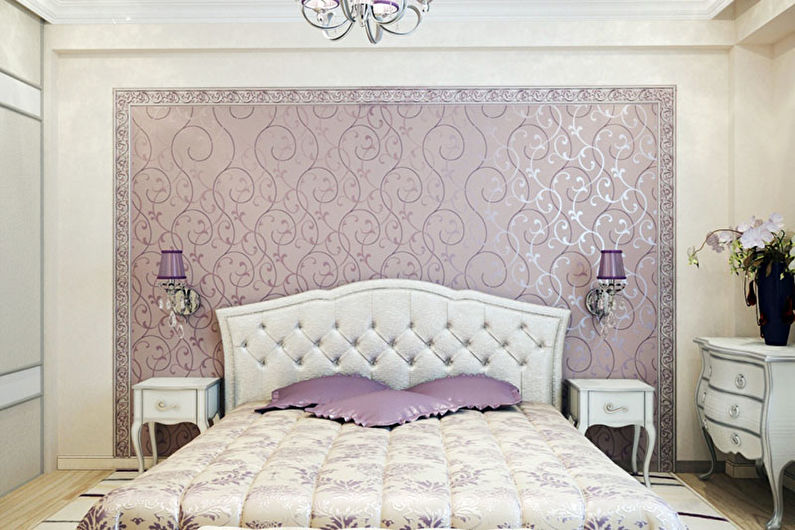
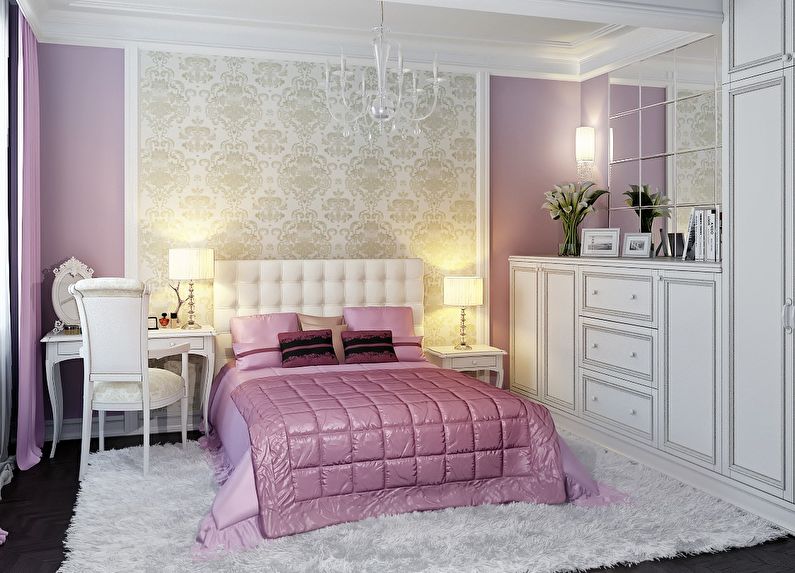
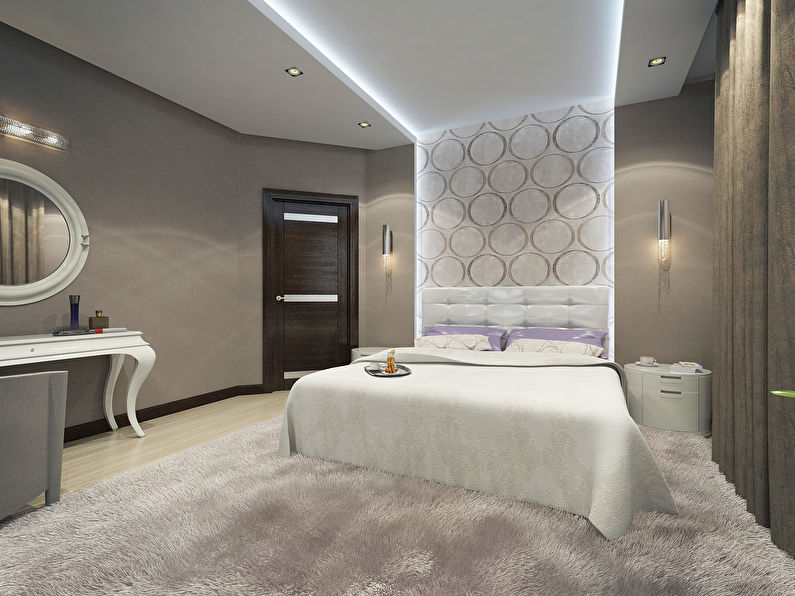
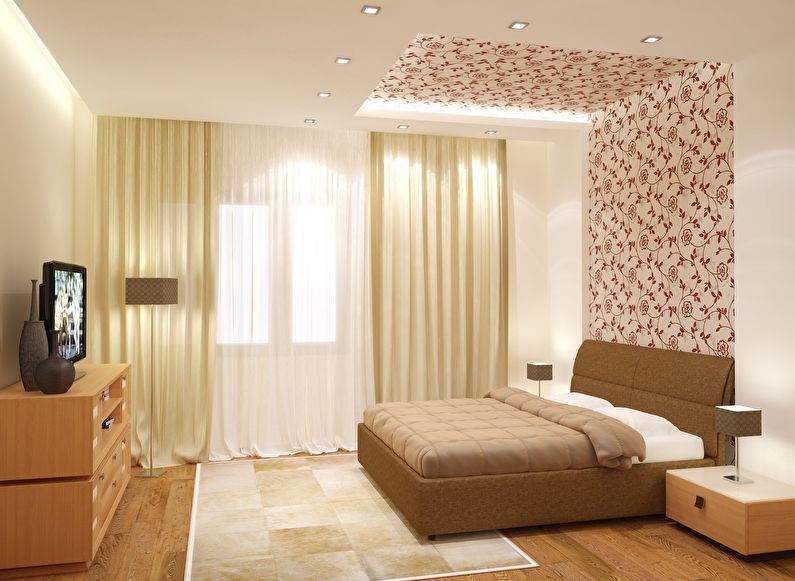
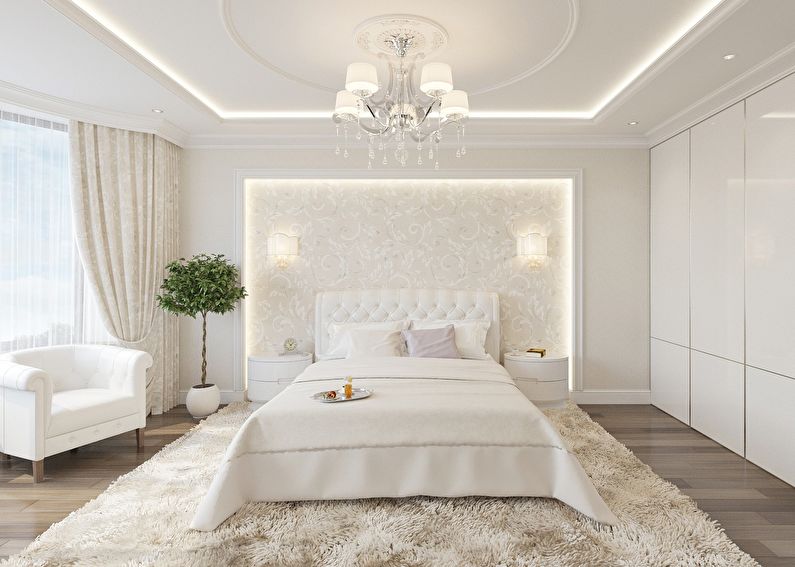




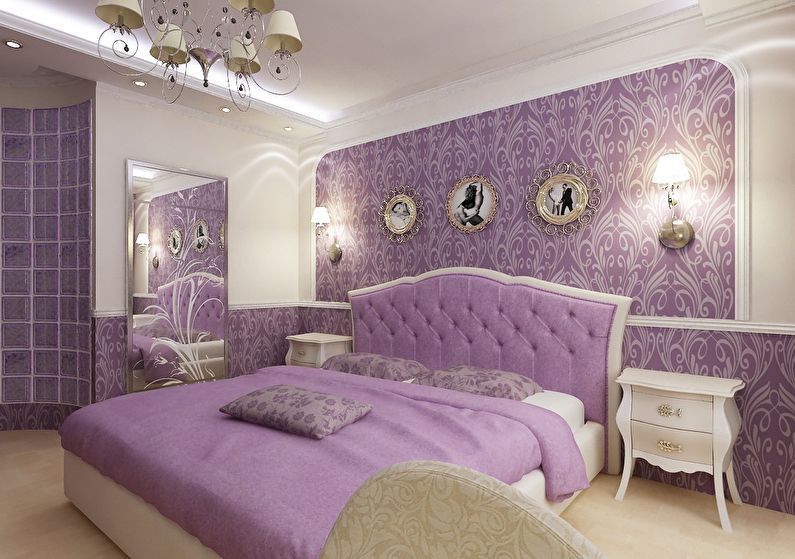
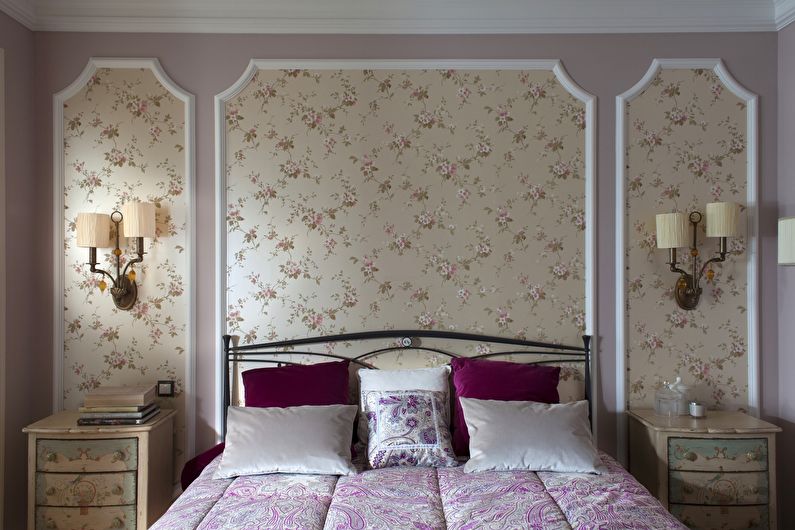
Vertical combination of wallpapers in the bedroom
The traditional wallpapering method, working top to bottom, makes vertical combinations easy for adding bedroom decor variety, even for DIY novices.
No measurements or cutting needed, simply alternate rolls in the desired order and carefully work on the joints.
This finish visually elongates room height and clearly zones the space.
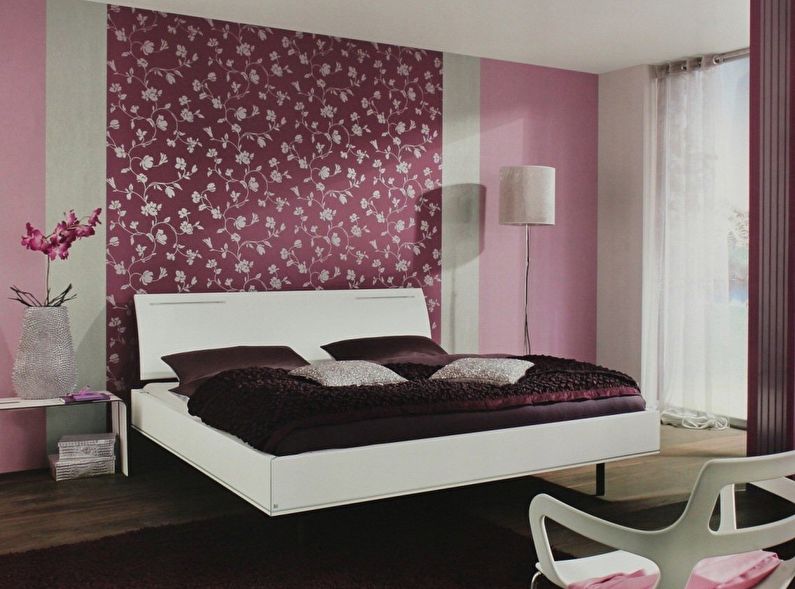
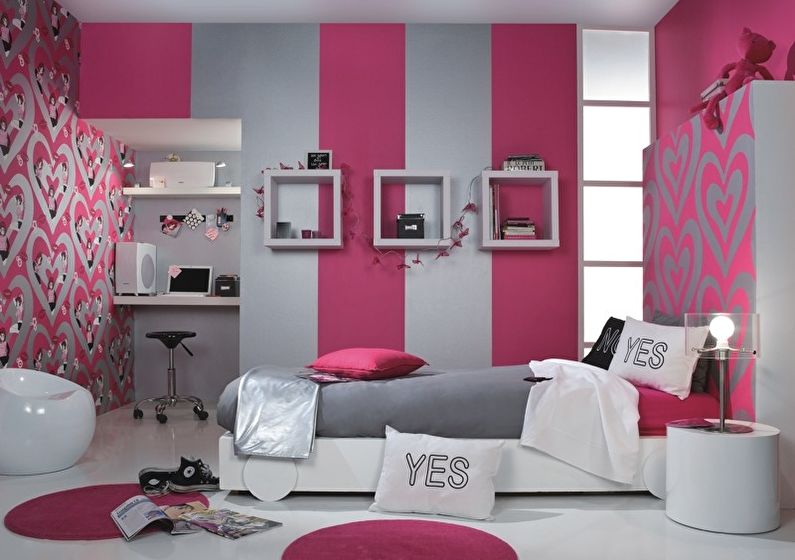
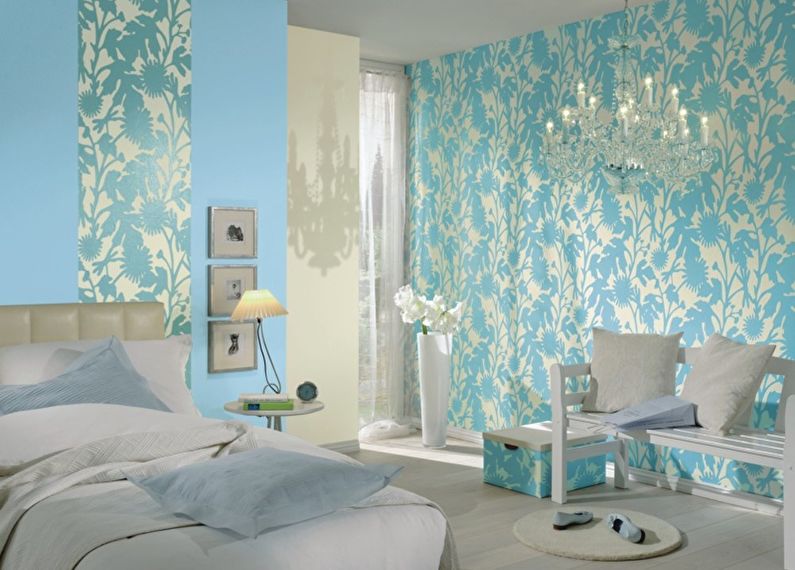
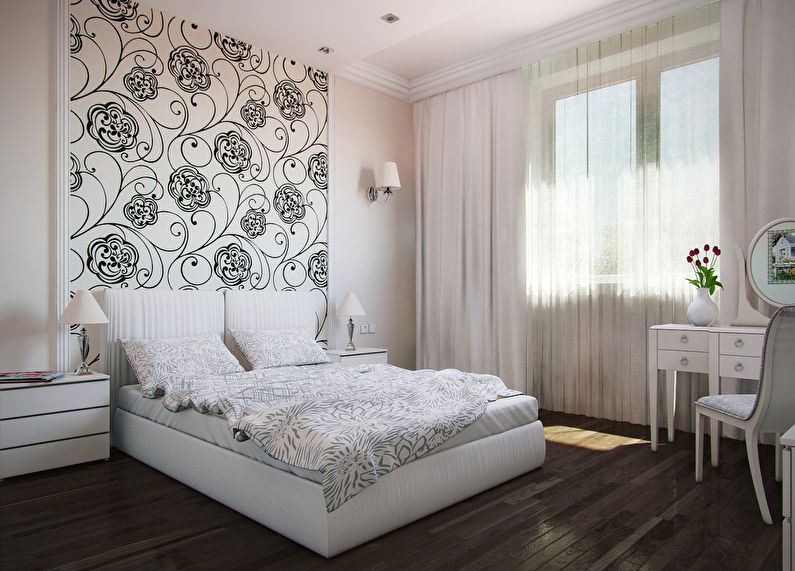
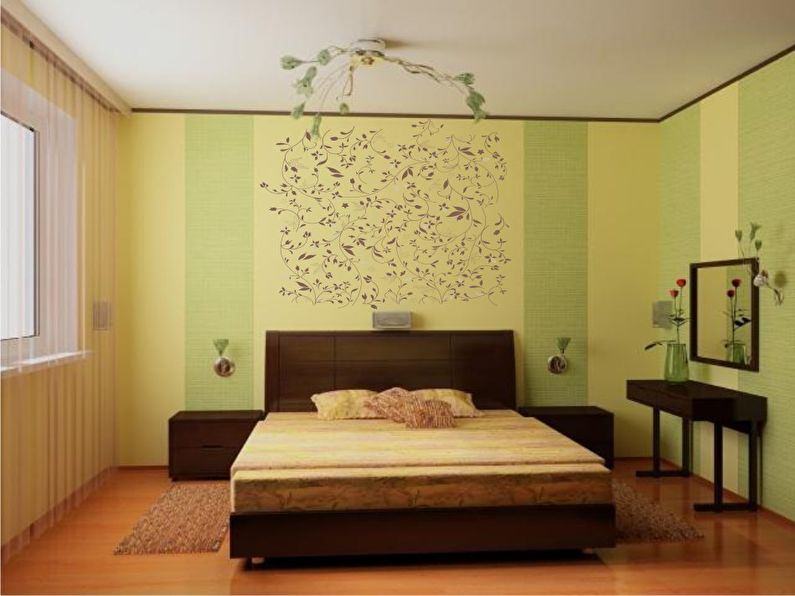

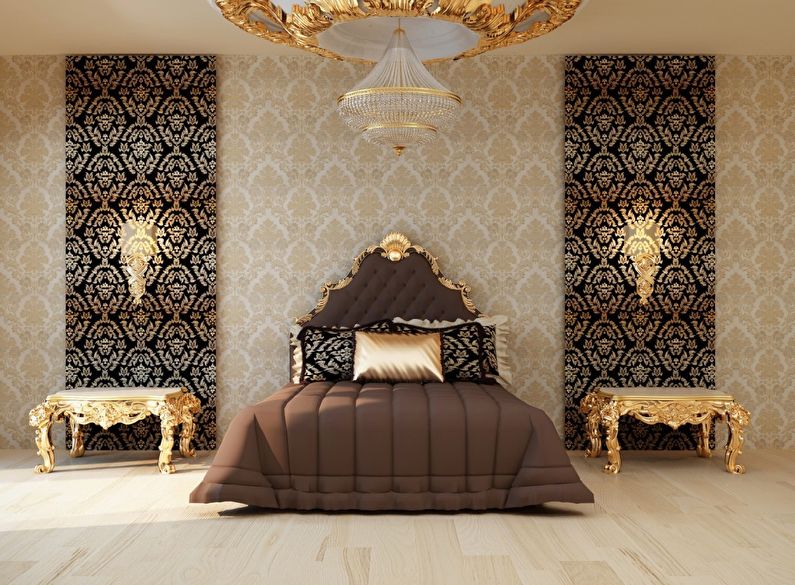
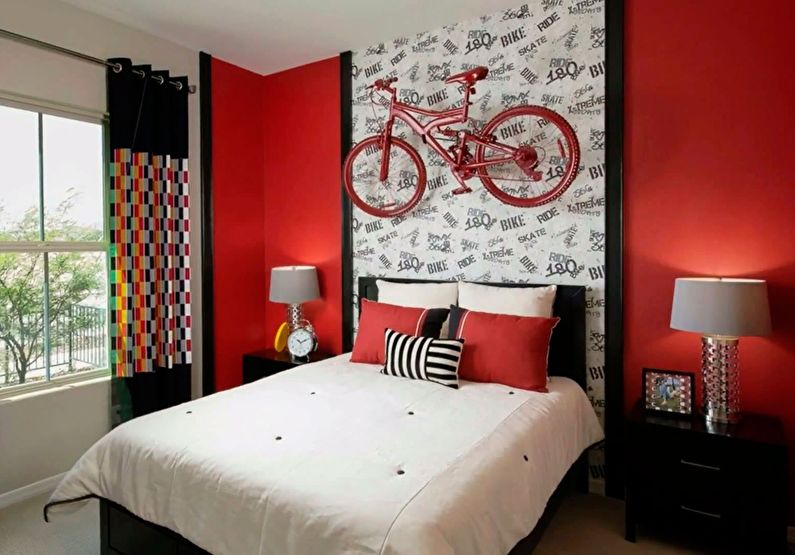
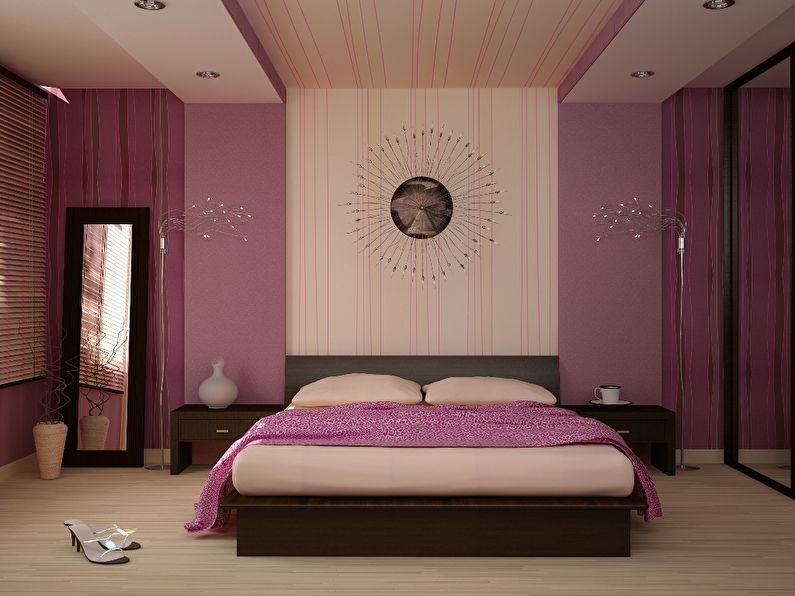
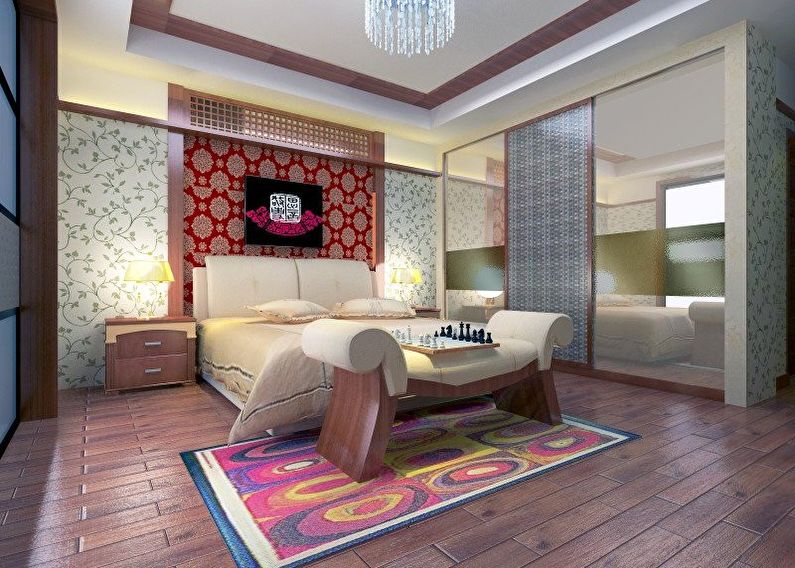
Horizontal combination of wallpapers in the bedroom
The main function of horizontal lines is to visually expand the space. This technique is indispensable if you need to enlarge a narrow wall in a rectangular room or give more volume to a recess in an attic.
As a rule, the separation between wallpapers is made at a height of 1/3 from the floor. In this scenario, the bottom mimics denser panels, while the top features a monochromatic texture or subtle pattern. For lower ceilings, use vertical-patterned wallpapers for the upper horizontal section.
To connect two types of coverings, a border is glued at the joint between them. This could be a contrasting strip that unites elements from the lower and upper rolls, or a thin baseboard made of a suitable material.
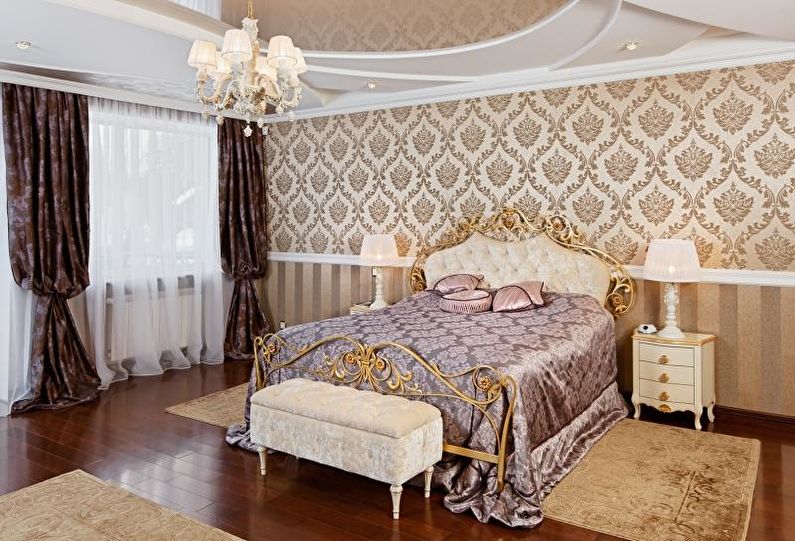
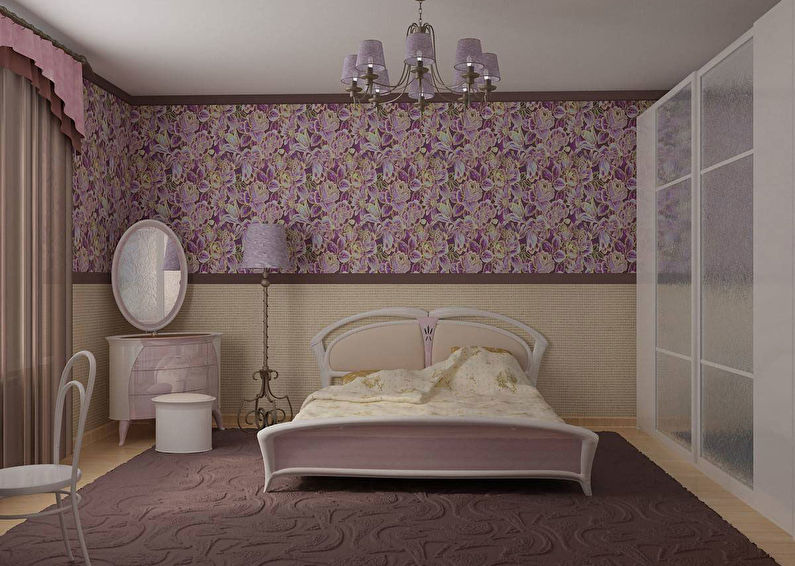

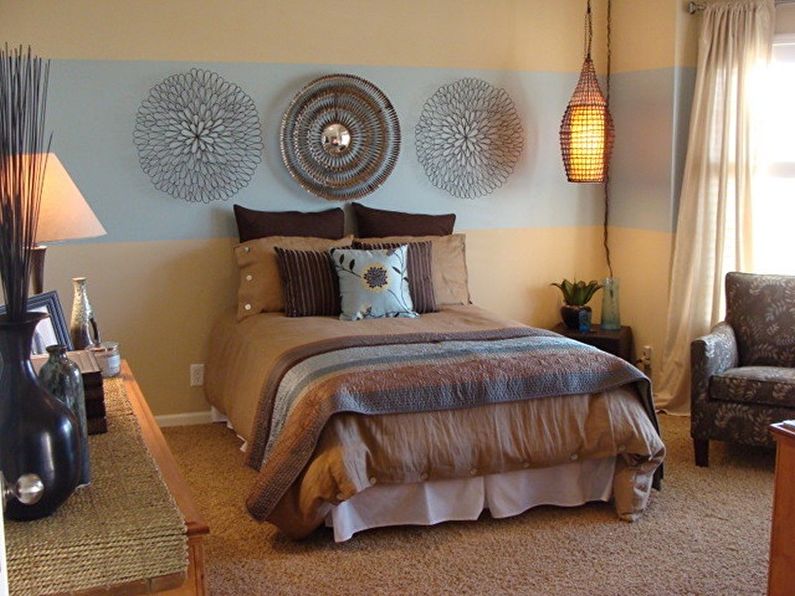
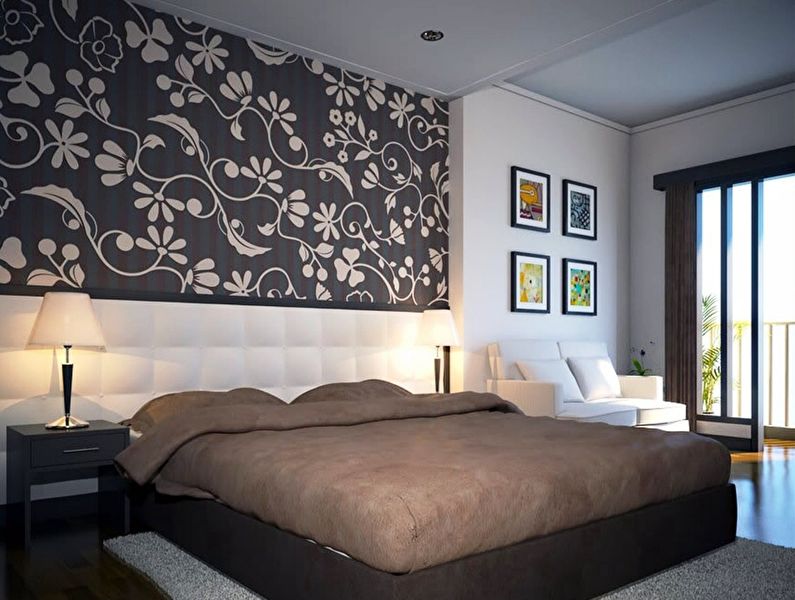


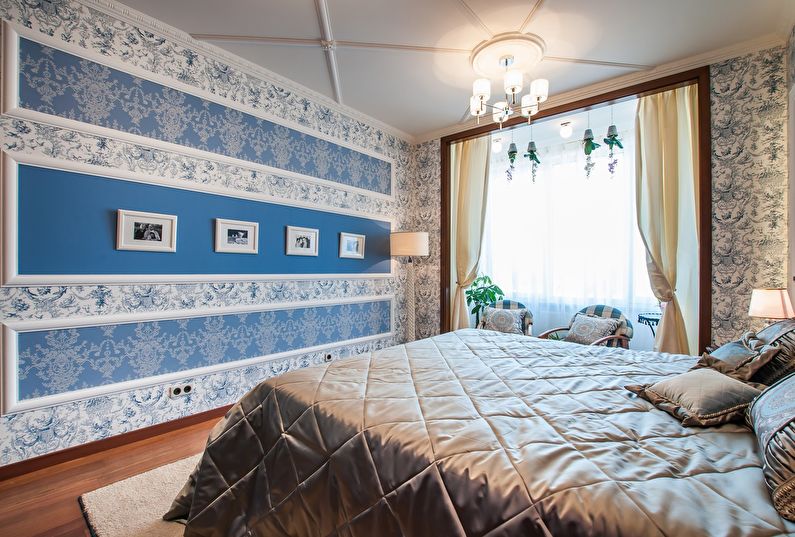

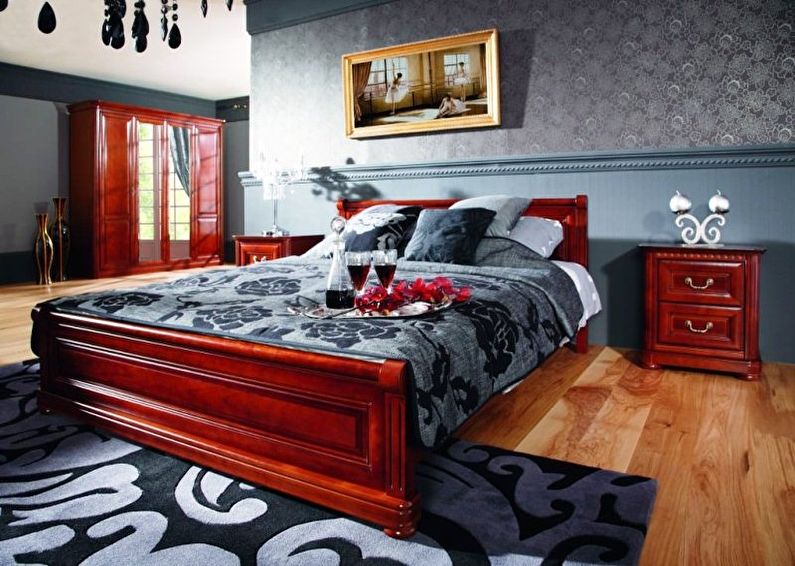
How to combine wallpapers and photowallpapers in the bedroom
Thanks to high-quality printing, modern photowallpapers look incredibly realistic. They’re perfect for visually enlarging small rooms – the perspective, light play, and 3D effect create depth. Wallpapers with panoramic or landscape images are best suited for this task.
Photowallpapers with floral compositions or 2D drawings can be framed elegantly or placed next to harmonizing solid-colored wallpapers.

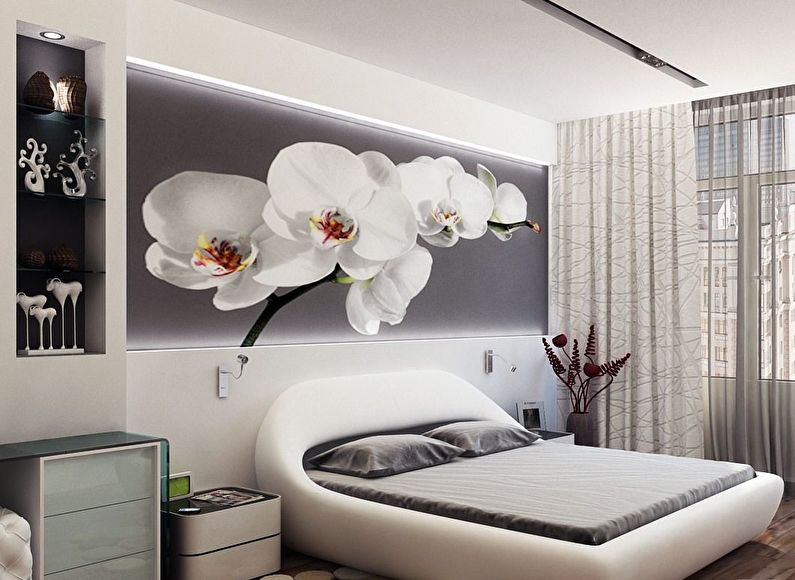
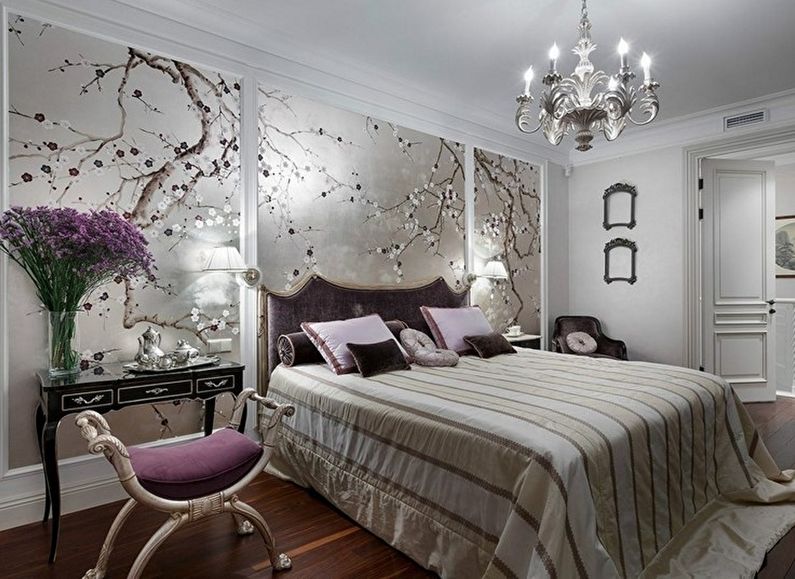
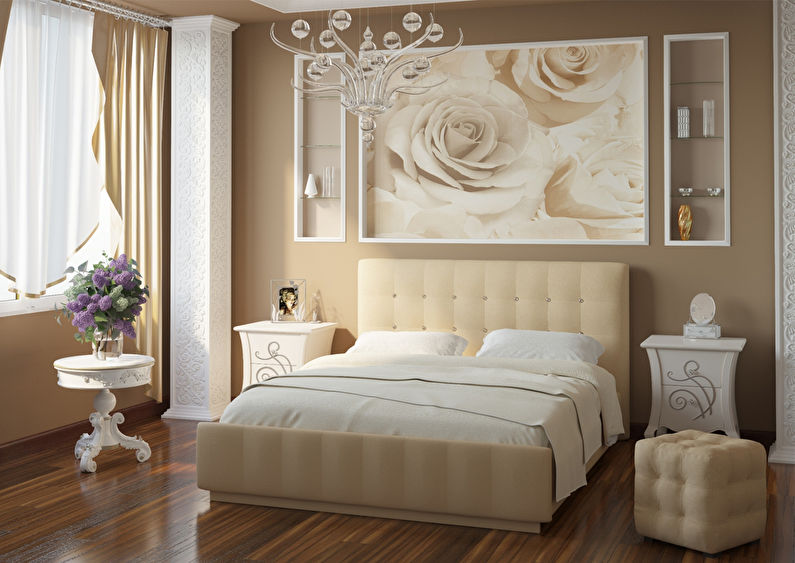
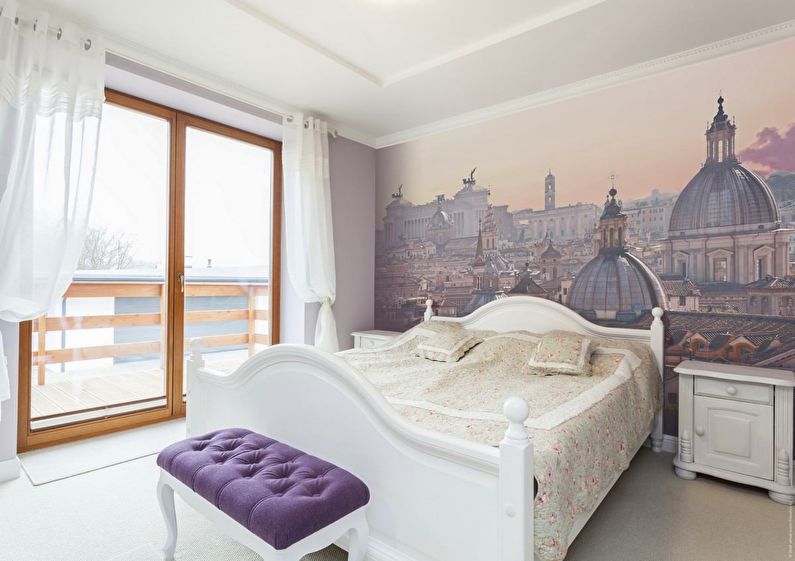
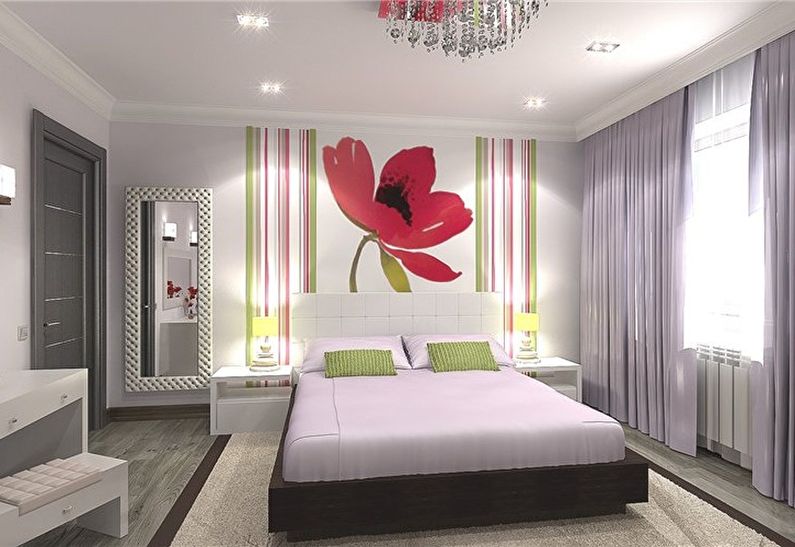

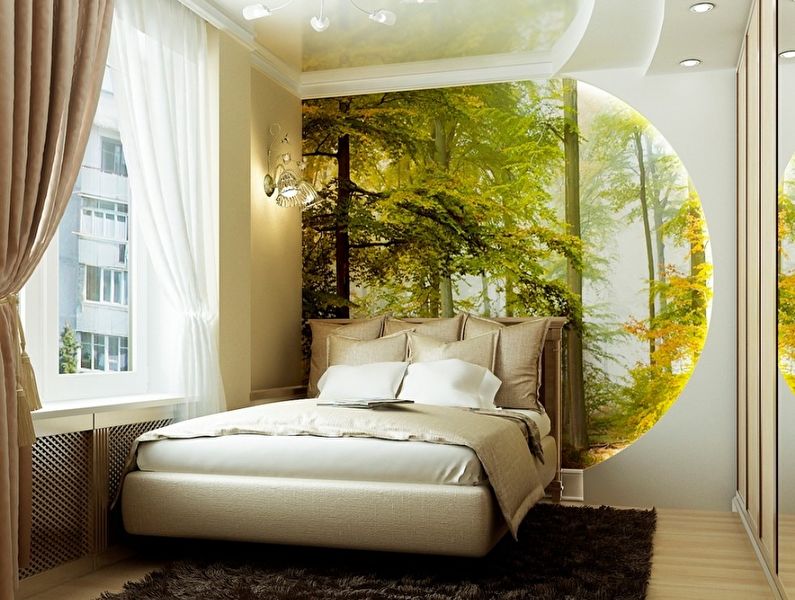

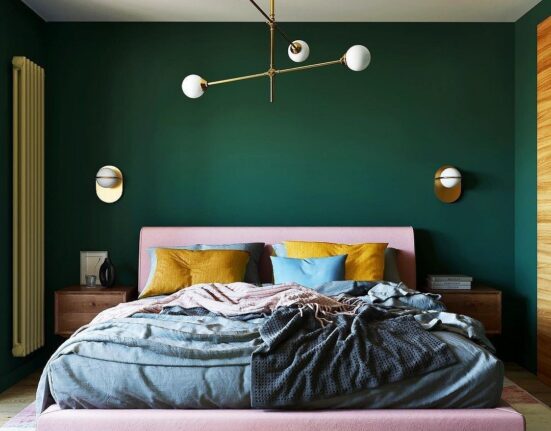

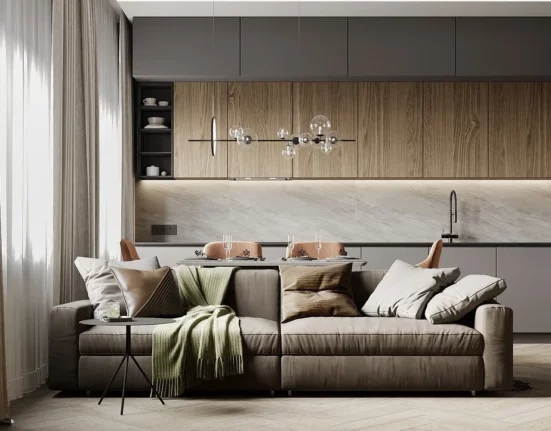

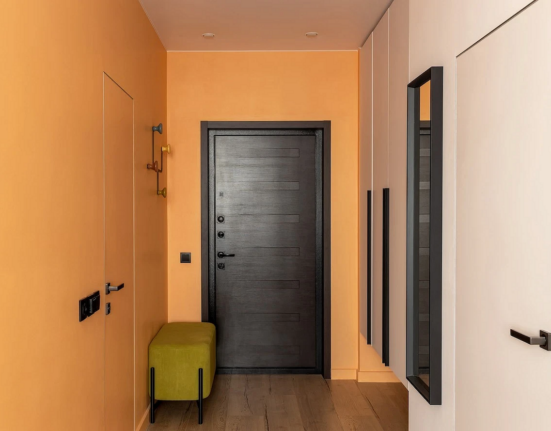
Leave feedback about this